Mariamman Hindu Temple
Situated close to the Ben Thanh market, the Mariamman Hindu temple serves the small community of 100 or so Chinese and Vietnamese Tamil Hindus living in Ho Chi Minh City.
It is the only Hindu temple that is still open in the city and is considered sacred by Hindu and non-Hindu Vietnamese. The temple is rumoured to have miraculous powers giving luck and wealth to those who worship within its walls.
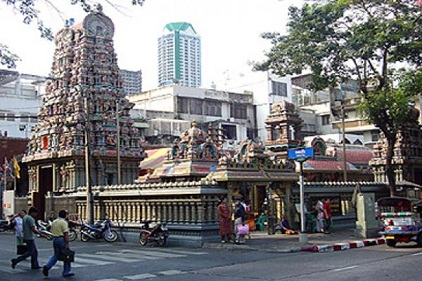
Built at the end of the 19th century in honour of Mariamman the Hindu Goddess of strength, the temple’s first purpose was as a place of worship for the Chettiar community.
Classically Hindu in style, the colourful temple features vibrant deity sculptures reminiscent of those usually found in Southern India, decorating external walls, roof tops, towers and the shrine inside. The temple was also once used as a factory in which joss sticks were produced.

Mariamman Hindu Temple Highlights
Merchants visiting Vietnam from Tamil Nadu first built the Mariamman Hindu Temple, bringing divine beings such as Ganesh, Amman and Murgua to the streets of Saigon. Sacred images dance on the external walls which feature a royal tower at the entrance that stands 12 metres high. Gods and Goddesses including Shiva, Kali, Brahma and Vishnu are prominently represented with Simha Vahanam sitting to the left of the entrance.
The centre piece at the altar in the heart of the temple is a statue of the Goddess Mariamman with two Hindu guardian deities next to her and two lingams in front. The shrine is usually surrounded by offerings including flowers and joss sticks. There are also two colourful towers on the roof adorned with more Hindu gods, goddesses and lions, simply follow the stairs up from the entrance to see these wonderful pillars.
The temple has a permanent caretaker who will gladly point out different areas and additionally hopes to secure a Hindu Priest from India to conduct regular worship.
Mariamman Hindu Temple
The Mariamman Hindu Temple is open every day from 07:00 until 19:00 and is located at 45 Truong Dinh Street in District 1, just three blocks to the west of Ben Thanh Market. Dress conservatively and remember to remove your shoes before you enter.
Always ask permission from the caretaker before you take any photographs and also expect to be asked to give money to the beggars inside the temple.
See more
-

Phong Dien Floating Market
Phong Dien floating market is not only a palce for selling and exchanging products but also a popular attraction in Can Tho . Phong Dien floating market has many different...
-
.jpg)
Minh Mang tomb
Minh Mang Tomb is in Huong Tho Commune, Huong Tra District, on the west bank of Perfume River and about 12km south of Hue City center. This place is where 2 tributaries join...
-
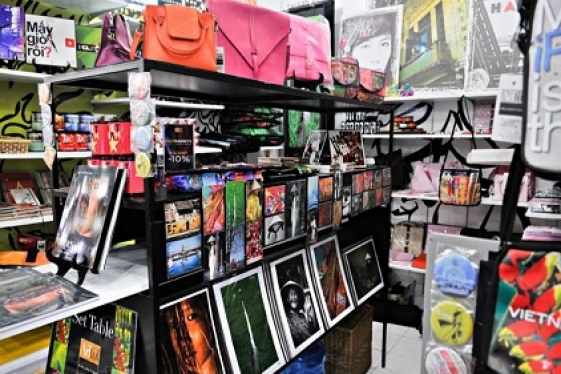
Vietnam Fine Arts Museum
Just across the street from the Temple of Literature, Vietnam Fine Arts Museum can be found spotted easily from afar.
-
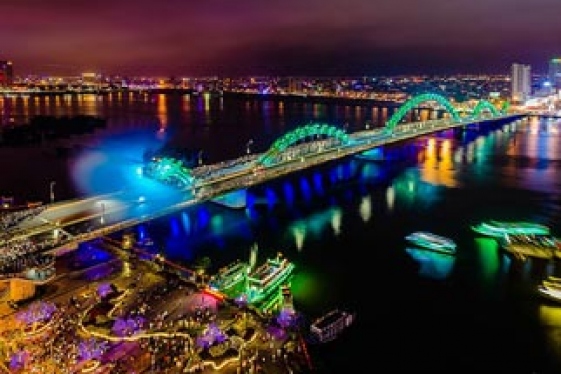
Dragon Bridge
Danang is also famous for the city of bridges as : Ha river Bridge, Tran Thi Ly Bridge, Dragon Bridge, Thuan Phuoc Bridge. And Dragon Bridge may be the most famous...
-
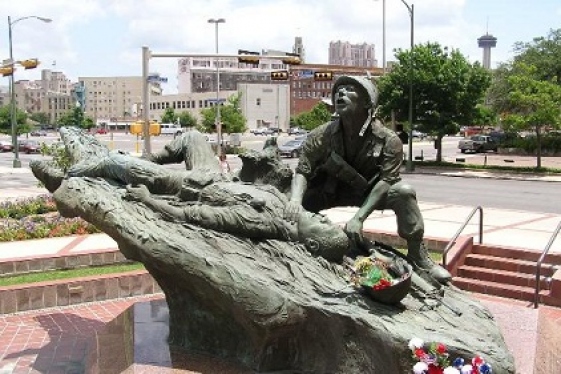
Vietnam War Memorial
Across from the Ba Dinh Square from Ho Chi Minh Mausoleum Building and in between Ho Chi Minh complex and Thang Long ancient city is Vietnam War Memorial.
-
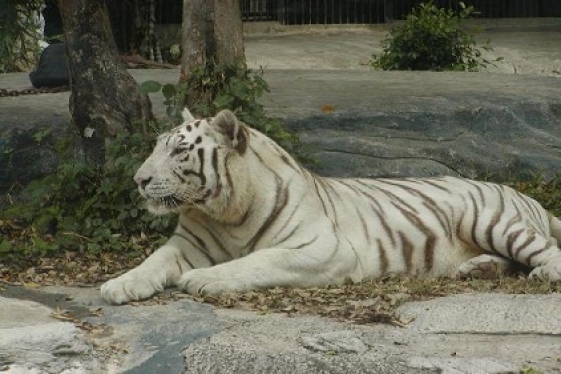
Ho Chi Minh City Zoo & Botanical Gardens
Founded more than 100 years ago, Ho Chi Minh City Zoo and Botanical Gardens (aka Saigon Zoo and Botanical Gardens) are listed as one of the oldest zoos in the world, opened...
-
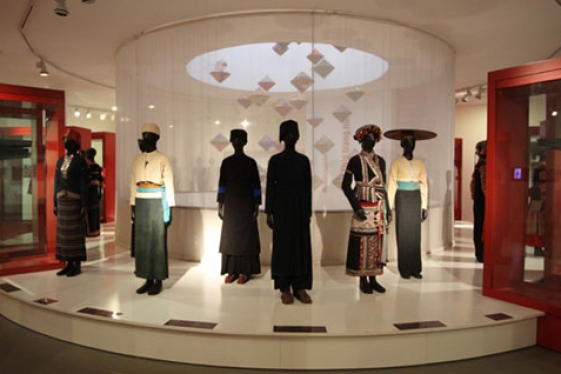
Vietnam Women's Museum
Despite being a patriarchal society, Viet Nam still reserves a special, if not sacred, place to honour Vietnamese women.
-
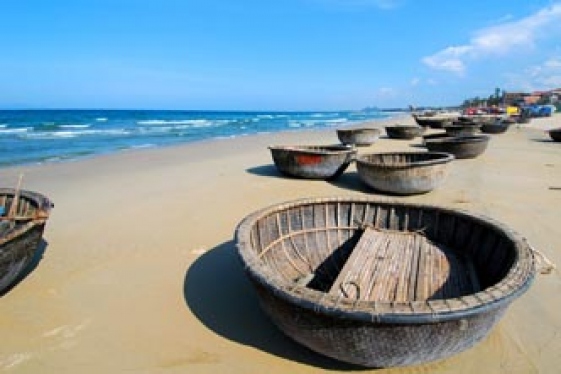
My Khe beach
The Mother Nature has endowed Danang dynamic city with the unique and stunning beauty of My Khe beach. My Khe Beach is recognized as one of the most beautiful beach of...
-
.jpg)
Bach Thao Park
Bach Thao means “hundreds of plants” and like its name, the park is one of the few green areas in the increasingly industrialized city of Hanoi. Bach Thao Park or...
-
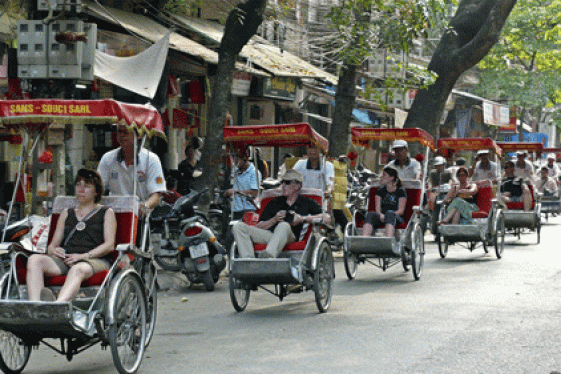
Hanoi Old Quarter
Getting to know more about the culture, custom and tradition of Hanoi absolutely will impress you so much while visiting Hanoi. One of the hottest spots in Hanoi that can...
Destinations
Most popular tours
-
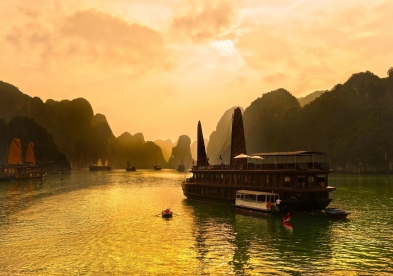
Signature Vietnam
Price from: 2.220 US$
-
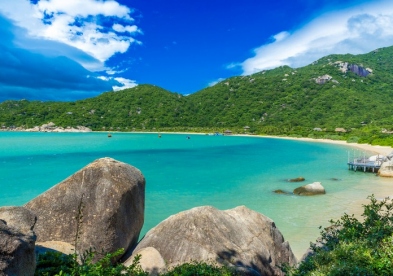
South Vietnam Hideaway
Price from: 1.710 US$
-
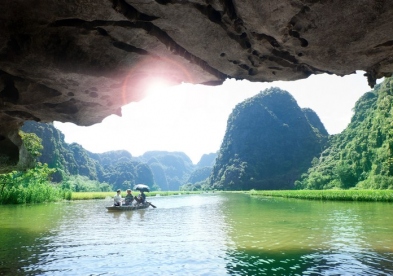
Quan Lan Gateway
Price from: 113 US$
-
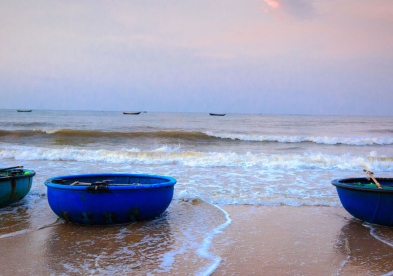
South Vietnam Getaway
Price from: Contact
Business info
Vietnam Local Guide
- Address: 18th Floor, VTC Online Tower, 18 Tam Trinh Str.,Hai Ba Trung Dist., Hanoi, Vietnam
- Email: info@vietnamguider.com
- Phone: (+84) 0904989890
- Hotline: (+84) 0904989890